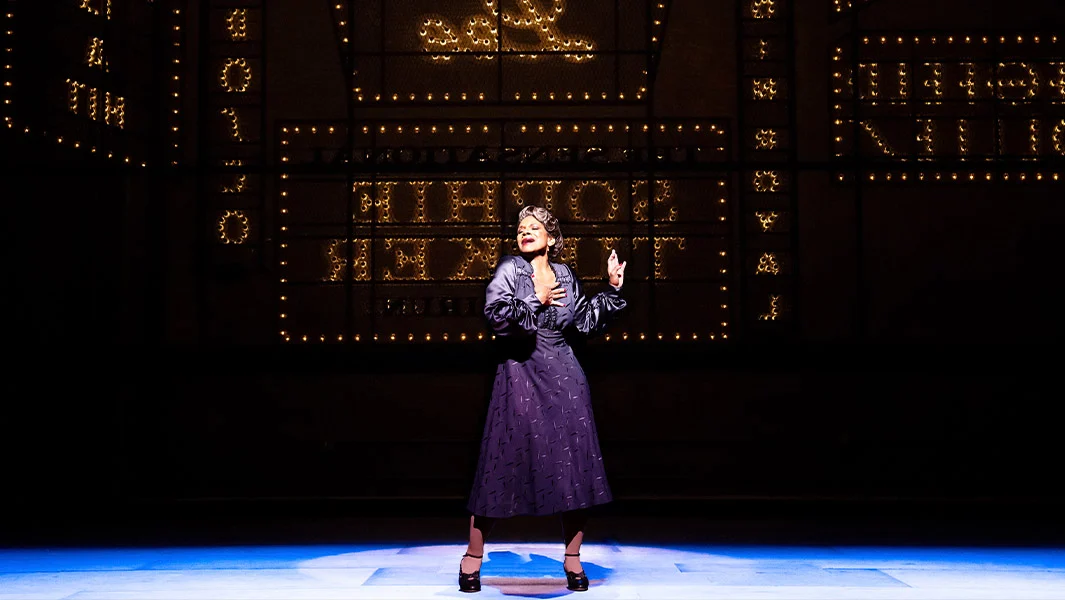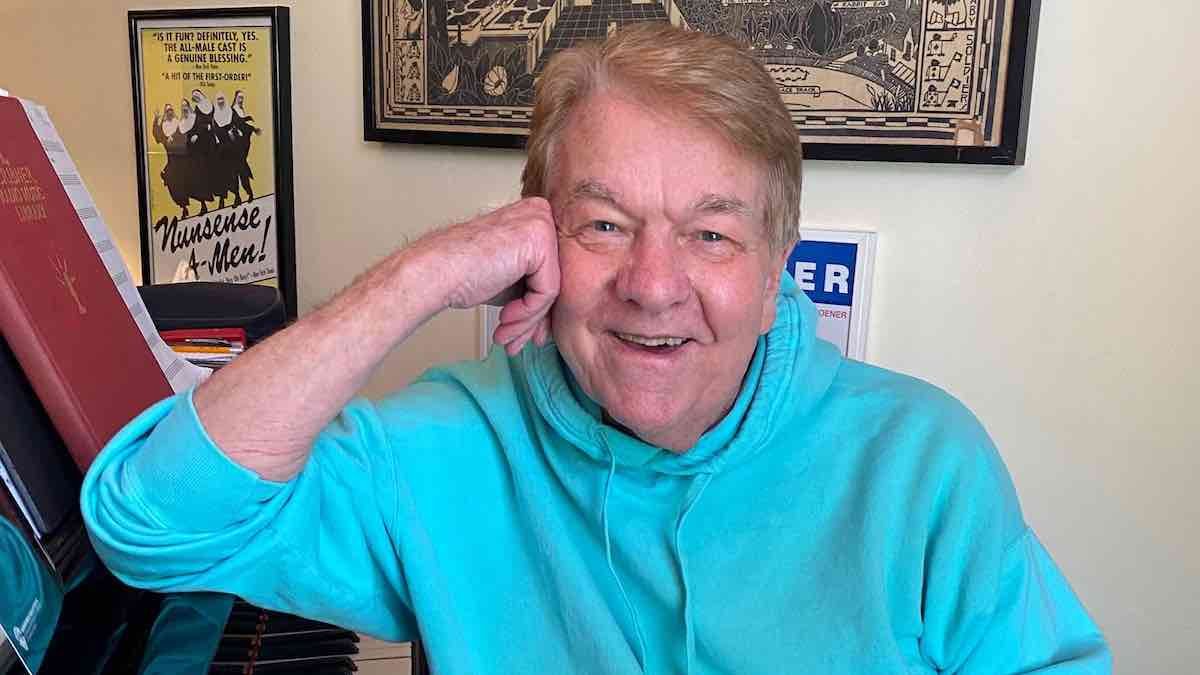
Dan Goggin, the affable, hilarious, brilliant man behind the Nunsense musicals (US/UK), turned 80 this year. To celebrate Danny’s landmark birthday, we sat down with the composer/lyricist/librettist to discuss his career in the theatre, the origins of Nunsense, his many amazing collaborators and the secret of success for his little musical that became a global phenomenon.
Our rollicking, two-hour interview has been edited for length and clarity.
…
When did you first catch the theatre bug? Did you do theatre as a child?
The only theatre I had ever done before I was onstage with Albert Finney in Luther [on Broadway in 1963] was a Christmas play in second grade. I played a shepherd, and I walked by the crib, and I said, “What a beautiful baby!” That was my entire acting resume.
So you made it to Broadway as a singer?
Yes. Well, first I was going to be a teaching brother. But I started with music. I would play the organ at church – I played two high masses every day, at 7:15 and 8:00, and then I went to school. I got a dollar for each mass, and I sang them all in Latin. That’s how the music thing started.
Later, I came to New York, to Manhattan School of Music. I was a countertenor majoring in voice. One day, a friend said, “You know, they’re looking for a countertenor at a new show called Luther with Albert Finney.” So I called up David Merrick’s casting person. You know… (feigning egoism) “This is the important Danny Goggin. Can I audition? I’m a countertenor.” She said, “They’re having final callbacks this afternoon. Come at two o’clock.” So I went in and sang a little bit, and they thanked me. The next day, I called the Merrick office and they said, “Oh, we’ve been trying to reach you. You have the job if you want it.”
This was one day. I was so excited! But it was so funny because, I mean, here I was with no experience.
An overnight star!
I thought I must be the best thing to come to New York since sliced bread. (Laughs.) I was 19.
We did the season on Broadway and then we did two tours. I played, like, 47 parts. At one point, I came on as King Charles, and the most fun was that the entire company, including Albert Finney, had to bow to me.
Incidentally… we moved from the St. James Theatre to the Lunt-Fontanne, because Hello, Dolly! was coming in. David Merrick was going to raise the weekend price for Dolly from $10 to $11. We all said, “It will never run… Nobody in their right mind would pay $11 for a musical!”
After Luther, you were part of a singing duo. How did that come to be?
I had done Luther and I realized I’d never had a dance lesson. Never had an acting lesson. Nothing. And how many countertenors are they going to be looking for? So one of the guys in that show and I got together and we formed a comedy duo called The Saxons. For about five years, I sang countertenor, he sang baritone, and we had an electric harpsichord that we toured with. We were folk singers like Simon and Garfunkel, but with comedy stuff.
When did you first start writing for the theatre?
My friend Bob [Robert] Lorick and I wrote a little off-Broadway show called Hark. Bob wrote the lyrics, and I wrote the music. It got wonderful reviews, and we ran a summer. It was just slices of life… sort of a revue, but it all tied together. Walter Kerr in the Herald Tribune said, “These people are on the verge of a new theatre to be made.” But you had to have money to do all this, and it was hard to raise money for promotion to run past the summer. Still, it opened the doors.
Bob and I worked on a couple of other things. We worked on a musical version of The Adding Machine called Zero. We went to [producer] Kermit Bloomgarden’s house and played for him. Producer after producer would hear the songs and say, “Oh, this is fabulous. This is going to go.” Then they’d read the book, and they would say, “Oh my God, we can’t put this on.”
Ha! Yes, The Adding Machine is a bleak story.
The book made you feel like, “Now, after the bows, we want everybody to go out and get run over by a bus because there is no hope for you at all.”
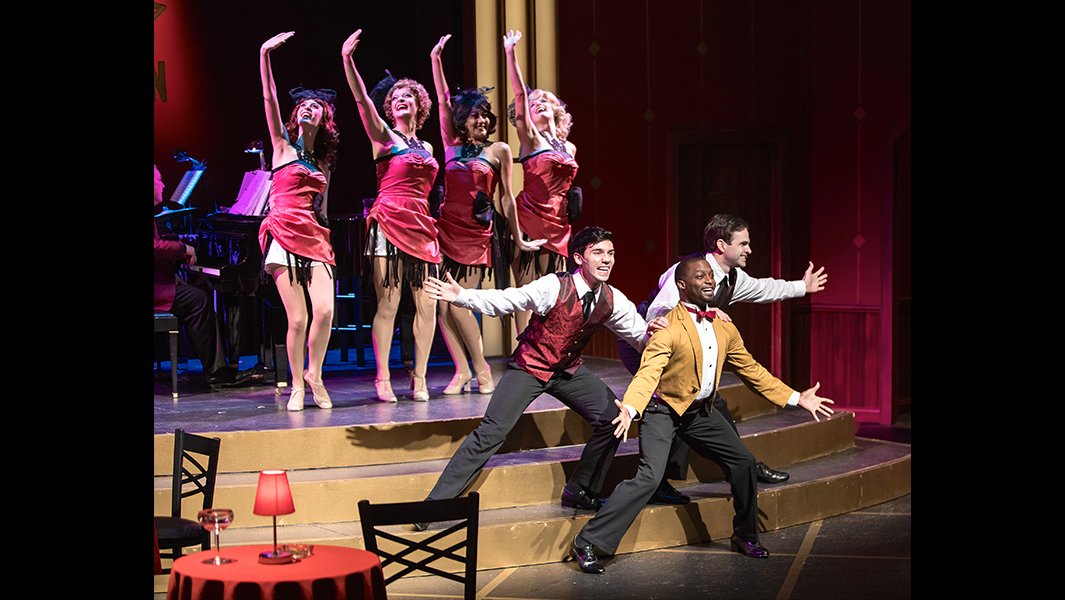
2017 Meadow Brook Theatre production of Johnny Manhattan (s. carter)
You also collaborated with Robert Lorick on the swingin’ jazz musical Johnny Manhattan (US/UK).
Yes. It’s really a beautiful show with wonderful songs. Bob Lorick was like a Stephen Sondheim, truly. People listen to the lyrics and say, “Oh my God, that’s beautiful.” It’s a wonderful story about a guy who runs this nightclub, and he feels like it’s not working for him anymore. But he doesn’t know what he wants. When we did it out in Michigan [at the Meadow Brook Theatre in 2017], people loved it, and they loved the songs.
It’s not Nunsense; it has a large cast… 14 people. Johnny is more of a company show. I just love it. It has a beautiful ending and it’s lots of fun.
Of course, people know you best for the Nunsense shows. How did that all start?
After Zero, a friend of mine who’s a Dominican brother gave me a Dominican sister’s habit. And a guy upstairs worked for Saks, and he got one of the old mannequins, and we dressed her up as Sister Mary Mannequin.
Everybody in the neighborhood knew her. They would invite her to parties. It was hilarious. One time, I moved her in the kitchen, with her hands in the sink. Well, the super had come up for something, and he said, “Oh my God, Danny! There’s this saint at the sink in the kitchen! There’s this Saint!”
Then a friend of ours said, “We ought to make a greeting card of this nun.” My friend Marilyn [Farina] was a dental assistant, but just so naturally funny. I said, “You want to be a nun in a greeting card?” She said, “Hell yeah, I’ll do that!” Marilyn was up for anything.
So we made 12 cards. We printed 24,000 cards [2,000 of each] and scraped together all our money. We put them all in the back of a station wagon and we went in the Village, where we would sell them off the back of the car.
Then we heard that the National Stationery Show was going to be at the Coliseum. So we went, and all we had was a big piece of foam core with the 12 cards blown up on it. Marilyn was there, dressed as a nun, hawking them. And we sold 38,000 cards in two days! We got reps all over the country. People were fighting over us.
What did the cards say inside?
Some of them were sweet. There was one with the Mother Superior with a halo, and it just said, “Thank you.” We had another one where we had her all just messed up, lying under a car crash on Riverside Drive, and you open it up and it says, “Don’t ask.”
Our bestselling of the first twelve was the nun in the bathroom, flushing the toilet. And when you opened it up, it said, “Holy sh*t – it’s your birthday.”
“If you are nuns trying to be showgirls, you’re going to get laughs. If you’re showgirls trying to be nuns, it’s not funny.”
How did that line of greeting cards become the musical Nunsense (US/UK)?
Steve Hayes, who was a comedian, lived down the block, and I said maybe we could make a little cabaret. He had a bunch of sketches that he could twist around to fit the nuns. The Duplex booked us in for four weekends. And the place went nuts. It lasted there, I think, 30 or 40 weeks.
Originally there were two guys in it, but when we tried to interest off-Broadway producers, they insisted we rewrite it as a book show – it definitely was a cabaret – with five women, because it was like The Golden Girls… when they were together in the kitchen [without any men], they could say anything.
I said I’d give it a shot. We tried it out at the Baldwin School [now Calhoun] on 74th St. We were there for six weeks, and the audiences loved it.
John Kander came to one of our workshops, and he said it was the most absurd show he’d ever seen, but he believed every word of it. The only thing he didn’t believe was one joke that the Mother Superior told that was really risqué. He said, “I think that she might have told that in the convent, but she would never tell it to an audience in the school.” And he was right.
And ever since then, whenever I direct Nunsense, I always tell the girls, “If you are nuns trying to be showgirls, you’re going to get laughs. If you’re showgirls trying to be nuns, it’s not funny.”
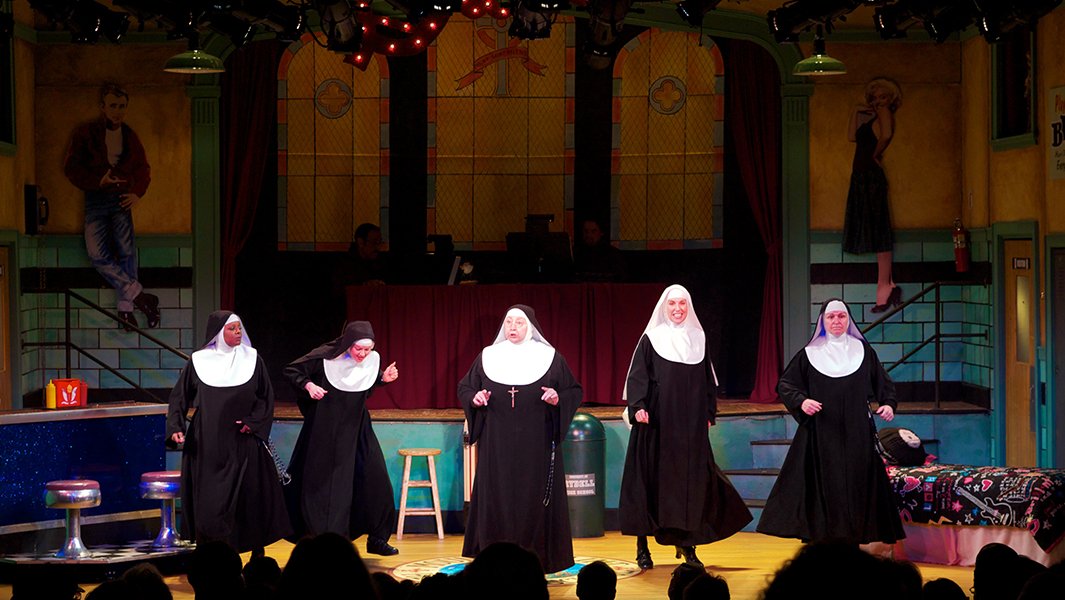
2010 Cherry Lane Theatre production of Nunsense (Courtesy of Dan Goggin)
Were these parts built on the original actresses, or were they modeled after the nuns you knew?
It was more a combination, especially as we rehearsed. To this day, when I direct a show, I say, “Listen, don’t try to create a character. This is you as a nun. This is you.”
One time I was doing a show in Chicago and the actress playing Sister Leo said to me, “Danny, I’m trying to develop a character and a background for Sister Leo. Where do you think she came from?” And I said, “Well, this is a tough problem for me, because I don’t think we’ve ever had an actress in this part!” (Laughs) But then I said, “It’s just you. It’s you. You can be a serious Sister Leo.”
And this happened with Phyllis Diller. Phyllis was trying so hard to create a part. And after a couple of days, I said, “This character is Phyllis as a nun. Don’t you think if Phyllis became a nun, she’d be pretty funny? Just be yourself.” And she told people after that, “The best piece of advice I ever got came from Danny Goggin, and he said, ‘Just be yourself.’”
That’s part of the fun of your shows – they feel authentic and improvisational, even though they’re scripted.
Yes. And it has to be in real time, as though this is really happening. If the set falls down, that’s what happened at your play, in your school, and you work your way through it. And if somebody hollers something from the audience…
I remember, one time, somebody was grumbling something, and Kathy Robinson, as the Mother Superior, said, “Oh, stop it. Lent’s over… roll back the rock and live!”
The Nunsense shows have featured some show biz greats, including Edie Adams, Honor Blackman, Pat Carroll, Peggy Cass, Georgia Engel, Alice Ghostley, Dody Goodman, Mimi Hines, Dee Hoty, Vicki Lawrence, Beth Leavel, Darlene Love, Rue McLanahan, Lee Meriwether, Phyllis Smith, Sally Struthers, Terri White, Cindy Williams, JoAnne Worley and Karen Ziemba. Did you ever think, “I can’t believe I’m working with this woman”?
I never thought I would ever get to work with any of them, let alone become friends.
They were always wonderful. All of these people were more famous than any of us, and they had more experience. And yet they would let me direct them. What a trip!
The first stars were Kaye Ballard and Marcia Lewis, and Jaye P. Morgan as Robert Anne. We all became good friends. You know, we’d call each other on the phone, just yack about anything and everything.
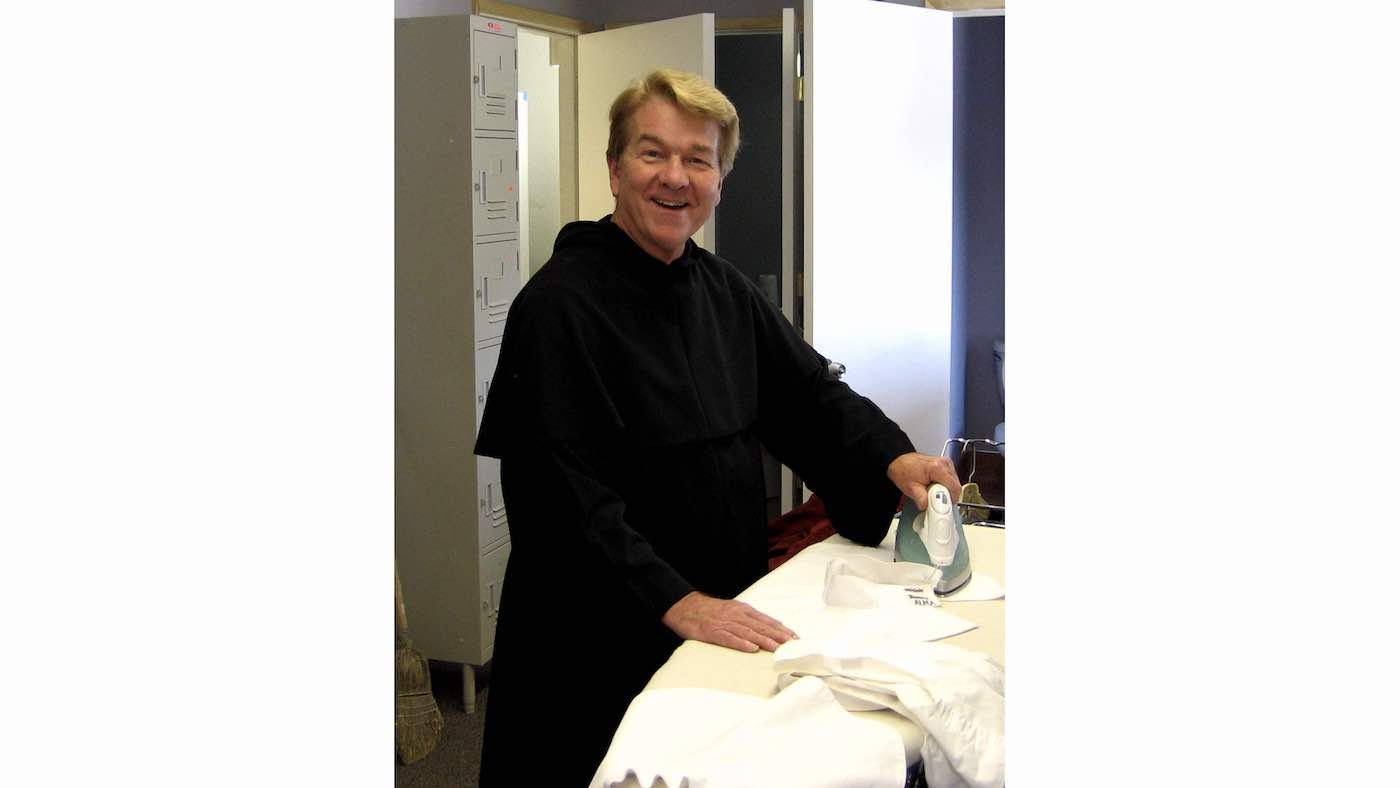
Always a team player, Dan Goggin often serves as Wardrobe Supervisor on his shows. Here he is, backstage at one of the Nunsense shows, ironing wimples. (Courtesy of Dan Goggin)
You’re very involved in productions of your shows, and it seems like you really enjoy it.
I tell people I don’t enjoy writing (Laughs), but I love playing theatre. But I have to write in order to play. A lot of times, to me, writing the show is homework. And it’s like your mom says: “If you finish your homework, you can go out and play.” We always have been, every company, a group of kids putting on a show. And everybody helps – Nobody says, “This is not my job.”
And I always become friends with the crew. When we do our shows the crew is always part of the team. If we go out to dinner, everyone is invited. Nobody’s better than anybody else. And everyone is important to the team.
So I’ve always been involved, and not because I’m worried about the show, but just because it’s fun.
“There’s nothing like hearing people laugh and thinking you had a part in that.”
What do you think is the secret of Nunsense? What has made these shows so successful?
I tell people that it’s just sheer brilliance on my part alone. (Laughs)
No, I think it’s two things: First of all, the way the world is, everybody wants to laugh. Second, the nuns. They have always been very mysterious. You could be walking down the street and you’ll see a picture of a nun, and you’ll just stop to take a second look.
Also, I think I’ve done a good job. I’m not brilliant, but I like to write songs that people can sing and understand. I’m not into this thing where I think some writers are, that it’s got to be “different.” One of my favorite quotes of the theater is from Walter Kerr, who said, “You don’t have to be different to be good, because being good will be different enough.”
And it’s fun. I often hear cast and crew members saying, “We’ve never had so much fun putting on a show.”
One time, there was a review that said, “Poor Pat Carroll, she has to do Nunsense after she’s done something at Arena Stage.” And she said to me, “Don’t ever pay attention to the critics. This is the most fun I’ve ever had, and there’s nothing like making people laugh.”
And I tell people that, too. When I watch the show, it’s wonderful to hear my music and hear great people sing the songs, but there’s nothing like hearing people laugh and thinking you had a part in that.
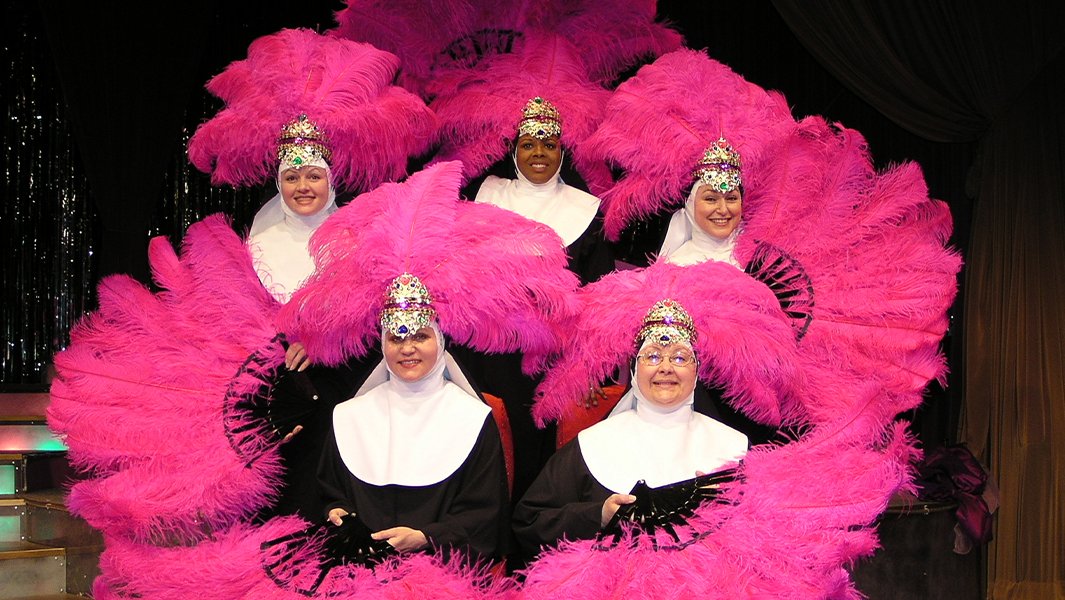
Nunsensations (Courtesy of Dan Goggin)
After the success of Nunsense and Nunsense II: The Second Coming (US/UK), how did the subsequent titles come to be?
The second one came like eight years after the first one was running everywhere. Producers all said, “We want another one. All we want is new songs and new jokes.” So we pretty much followed the formula.
And then, I don’t know where the next idea came from. (I never know where any of the ideas come from!) When Amnesia discovered she was a country singer, we thought we really should do something with that.
And that became the third musical, Sister Amnesia’s Country Western Nunsense Jamboree (US/UK).
Yes. Then, I said to [the licensing company] Tams-Witmark, “I was thinking maybe we could write a murder mystery.” And they said, “You should write a Christmas version, because people are tired of doing Nutcracker every year.”
So you created Nuncrackers (US/UK).
And the first day they booked 100 productions! And I am so spoiled rotten… The next year, when Christmas came around, I remember calling Tams in July to say, “How we doing?” They said, “Oh, I know we’ve got at least fifty bookings.” So I said, “Fifty! Is that all?” when every other author would be thrilled with two.
And next came Meshuggah-Nuns! (US/UK). How did the Little Sisters of Hoboken wind up on a cruise ship with Tevye?
In Nuncrackers, there was a whole thing about a lottery ticket and a cruise. That partially happened because we used to play in Florida a lot, and one of the producers there said, “You need a Jewish character in the cast.” So we did Meshuggah-Nuns! with a Tevye in it. But we couldn’t have more than five people, so we said Sister Leo broke her leg before the show started.
And how did that lead to Nunsensations (US/UK)?
Oh, there was a “Godfather-type” parishioner in Jersey said he would donate $50,000 to the convent if the nuns would play at a friend’s club in Las Vegas. So off they went to Vegas with the “Nunsense Vegas Revue.”
In that show, I had this Andrews Sisters-style song about going to Hollywood, and later the nuns said, “Nunsense 7! We’re going to Hollywood!” And I thought, well, Lucy and Ricky went to Hollywood [on I Love Lucy]… that’d be a great way to finish the series. So, I said, “But where are we going to play?”
And Jeannie Tinker, who was one of our Amnesias, without a beat, said, “Why don’t we say that we got invited to the Hollywood Bowl, but when we get there, it’s a bowling alley?” And you know when the right idea hits? It’s like, “Oh, my God.”
I knew she wanted a treadmill, so I said, “I’ll buy you a treadmill for that idea.” She said, “Done!” I bought her a treadmill, and that’s how we got to Hollywood… with Jeannie as Sister Amnesia.
Nunset Boulevard (US/UK), set at the Hollywood Bowl-a-Rama!
It’s my favorite show. Number one, I think it’s because by now the nuns are savvier, so we can do more things with them. The dancing can be a little fancier. We can let them be the showgirls. I think it has the best songs of all the shows. It’s my favorite, but people haven’t gotten to it yet, and I just wanna say, “Come on, guys, do it! You’re going to love it.”
“We’re here to make you laugh and forget your problems, and that’s all it’s about.”
Do you have a favorite song?
I guess it would have to be “Growing Up Catholic” in the original Nunsense. Everybody loves “Growing Up Catholic.” It was one of the first ballads I wrote, and it really set the tone for all that followed.
But I love Sister Amnesia’s puppet song, “The Country Nun,” in Nunsense II because it’s just so outrageous. When she says, “He said I was a sweet Georgia peach, just ripe for pluckin’” and the puppet says, “He didn’t say pluckin.’ He said…” (and she whispers in Amnesia’s ear). That was pushing it back then, but the audience howled.
Nunsense is here to stay. What do you hope audiences – today and always – will be thinking or feeling after they see a Nunsense show?
I want them to come out feeling two steps higher and happier than when they came in. And most people say they do that.
The whole thing about Nunsense is we’re there to make you laugh and forget your problems, and that’s all it’s about. That’s why we don’t do religious commentary, and we don’t do any political stuff, because that’s what you want to forget about! Just go in and laugh your butts off and have a good time.
…
Learn more about licensing one of Danny’s shows by visiting the Dan Goggin Nunsense Collection at Concord Theatricals in the US or UK.
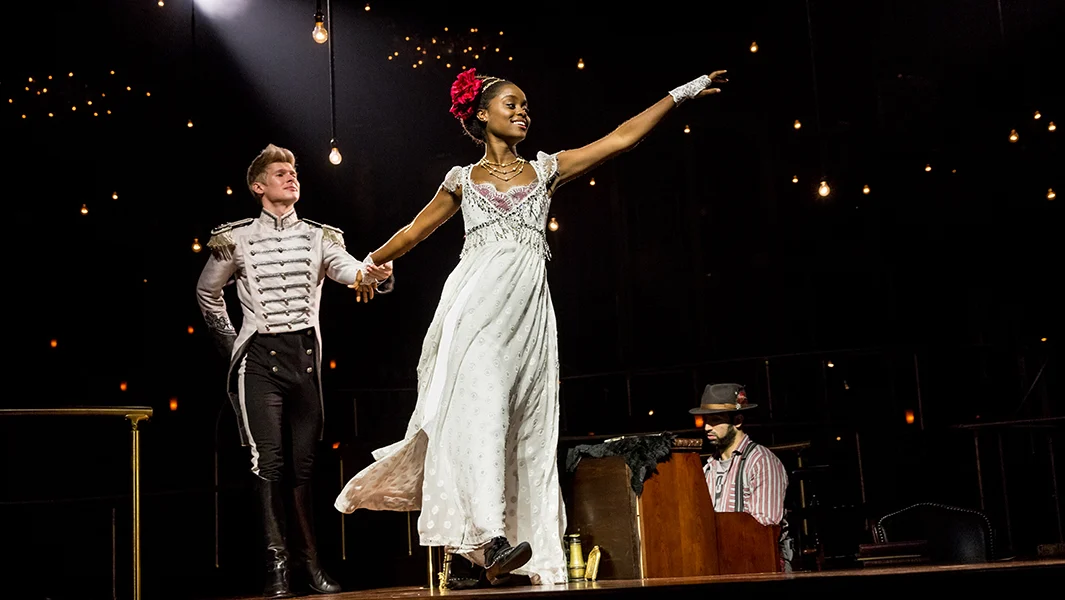
College Theatre: Picks for Your 2025/26 Season
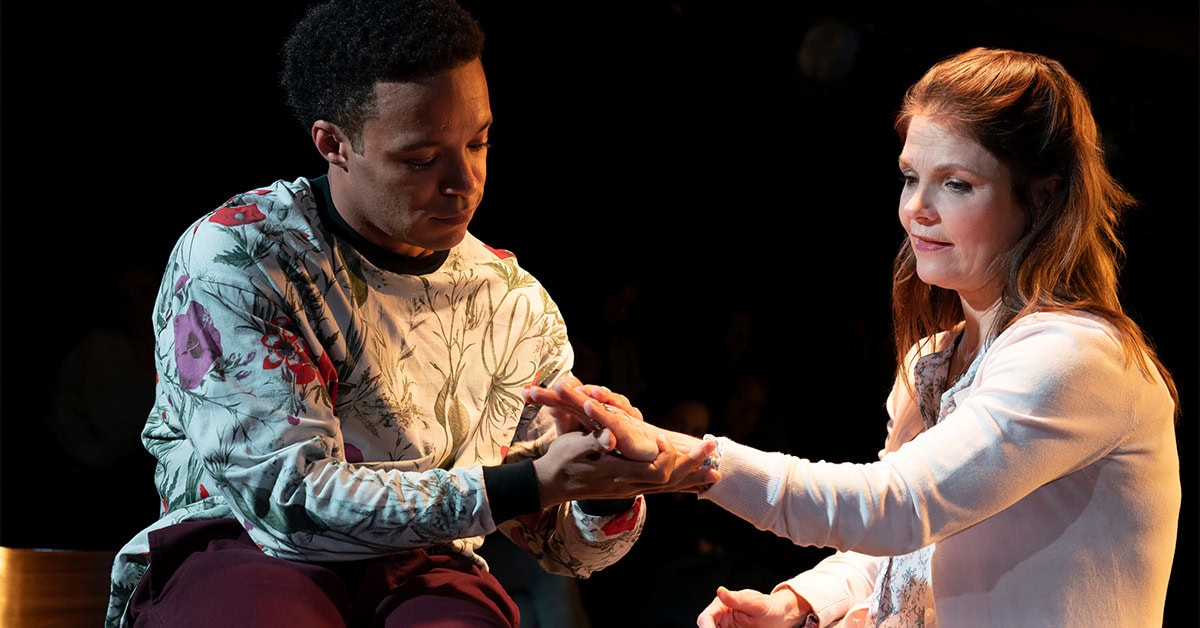
Unlikely Friendships in Plays
